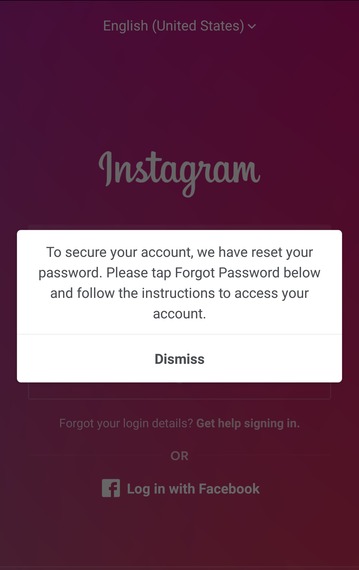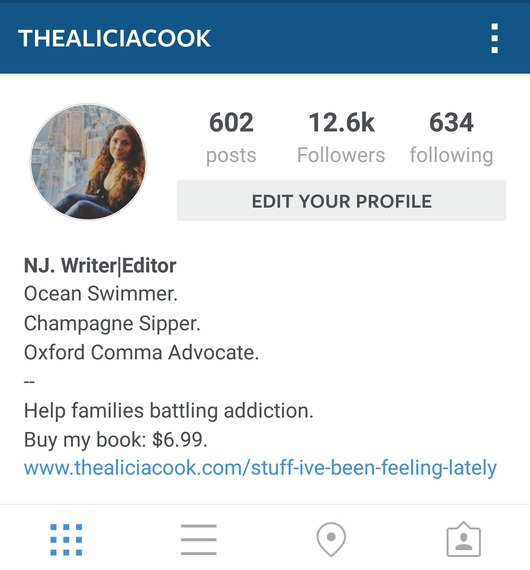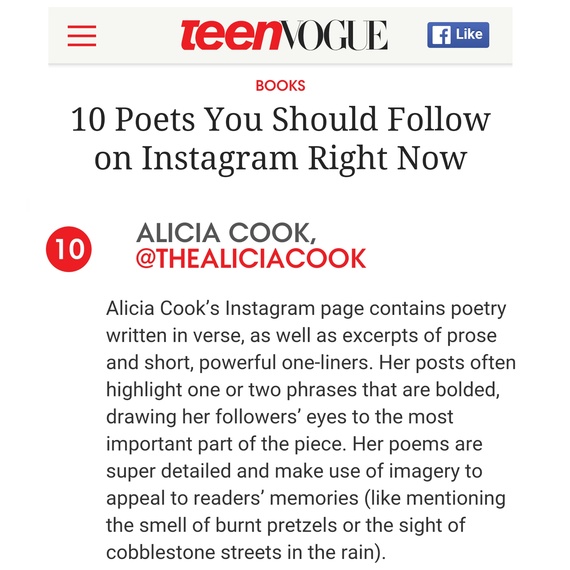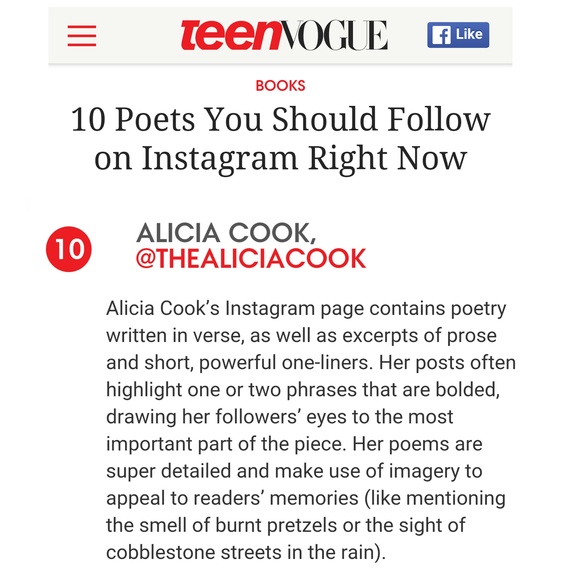The other night, I clicked Instagram's familiar icon on my smart phone and noticed I was logged out. It happens, right? So, I entered my username and password but instead of seeing my feed, I received a prompt that alerted me that my account had been compromised and they had to reset my password for my own security.
My face instantly flushed red. I am sure I let out a few expletives. I knew instantly I was not going to be able to retrieve this new password. I am a self-proclaimed procrastinator, inherently lazy. My email attached to my Instagram account was four years old and deactivated. I do not have Facebook and I did not link my cell phone number to my account. I was locked out of my own account because I had been too lackadaisical to update my retrieval information. Instagram does not have stringent retrieval rules; they give you three whole options to get you back into your account immediately. It was my own fault I didn't have any of those three options updated.
So, I followed protocol and filled out a form. I assume someone was trying to hack into my page, so I chose the bullet point in the form called "My Account was Hacked," entered my experience, and pressed "Send." Then, I screamed out loud and began pacing around my house like a lunatic as I constantly refreshed my email and waited for the next step, whatever that would be.
Much like how I used to convince myself I had a horrible illness because of WebMD, I did what many shouldn't do, and Googled and read of others' experiences that sounded similar enough to mine and began to freak out. These forums made it seem like getting my account back would be hopeless. Some were even suggesting to illegally hack into accounts and provided links to do so. I did not read of one success story. Things were looking grim. I considered hacking. Just kidding.
Now, I use my Instagram to promote my writing and my "brand." It is not a personal account. I honestly wouldn't have gone into panic mode if it was just my personal account, but @thealiciacook is linked to every article I've ever had published. It's on my business cards. It was the first place I shared my excitement when CNN picked up one of my pieces in 2012. Teen Vogue listed it in one of their articles. It's listed in my books. It is usually the first point of contact for any new readers I may attract.
My feed is deliberately curated to promote my work, and myself, in such a way that followers and friends alike can get to know me and the work I produce. They investigate this page before deciding if they want to buy my work or share my articles with a potentially larger audience. It is because of this account that my readership has grown as it has and I am not ashamed to admit I would not have had half of the writing and collaborative opportunities I've had if it wasn't for this page.
Most recently, the Emmy nominated show, Here's the Story, voiced interest in including me in an episode. Filming begins May 13 and will follow my efforts to bring awareness and understanding to the subject of drug abuse. The producer, Steve Rogers, found me on, you guessed it, Instagram.
Instagram prominence does not happen overnight (well, for some I guess it does. But that's not how it went for me.) So, when I considered over three years of my work and time could be irretrievable, I felt a mix of frustration and sadness. After a few hours though, I realized it was out of my power and I did everything I could do. I am not an optimist; I am a realist. I knew the chances were 50/50. I began to formulate a "plan b" for my Instagram writing ventures. I decided if I didn't hear back from them within four weeks, I would just begin a new page and hope my readers, peers, and news contacts organically followed over as well.
I know many larger accounts who use their Instagram pages for the same self-promotional reasons -and then some. Many Instagram giants and celebrities, like nail art account @nailstorming, earn their primary income through ad placements on their pages. So, if their page was ever compromised, and they were locked out of it, or worse, they would lose money for each day they were logged out.
Instagram knows this. Within an hour of submitting the form, I received an email with steps I needed to take in order to verify my account. I had to provide a picture that included both my face and a code they provided me handwritten on a "clean sheet of paper."
Less than 24 hours later, I received a follow up email saying that the picture I provided was not enough to prove I was the owner of my account. I became discouraged, because it was most definitely a picture of my face. How could that not prove that I was me? However, my hair had been pulled back in the photo, and in most of my Instagram pictures, my wild, curly hair is down. So, I tried again, this time with my hair down.
My second attempt at sending them a picture worked. In under 72 hours I had my account back. I let out a huge sigh of relief. Instagram has proved to me that a billion-dollar company with millions of users and no customer support number to call can still effectively and efficiently handle even a small writer's account issues. And yes, I updated my contact information immediately and turned on the two-factor authentication option as a fail-safe.
I wanted to write about my experience because though it is something I never want to go through again, it has a happy ending, unlike all the already existing articles on this subject.




